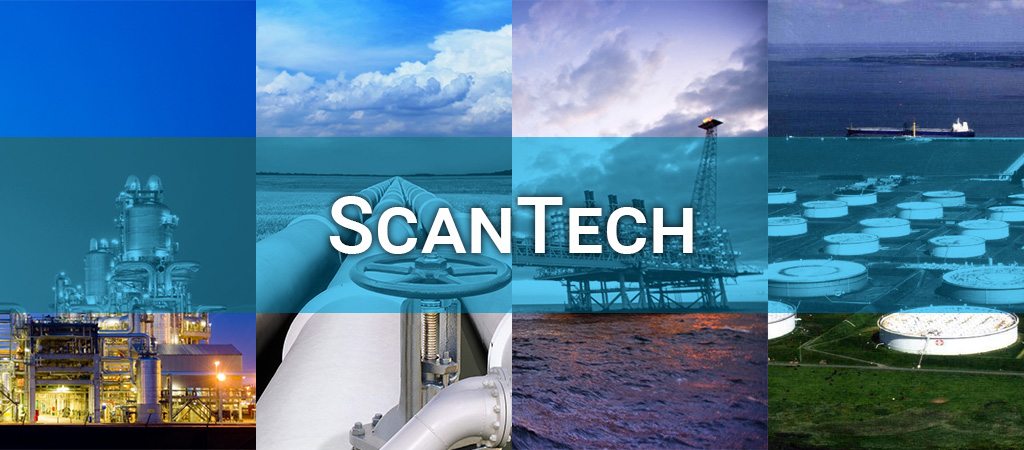Using computed tomography to achieve enhanced visualization is one of our core services here at ScanTech. Once a location is determined, we can provide a deeper look into your vessel to help identify what is happening on the inside. By using our advanced technology to perform CAT scans, we can peer deep into your equipment to achieve a 360-degree view. This will aid in the diagnosis and eventually the treatment of problems within your vessel.
What are CAT scans?
CAT scans are one of our specialized services that we perform on equipment around the world. By performing one on a packed tower, we can determine what is happening inside. A two dimensional, 360-degree model is achieved and spread out on a color-coded map. They almost always follow a gamma scan. While gamma scans are adept at determining blockages or other issues quickly, a CAT scan is a more in-depth process that requires more time and equipment. They can be done for a wide variety of reasons, such as:
- Packed tower maldistribution
- Profiling tower internals
- Profiling two dimensional density of vessels
…and much more.
How do they work?
Conducting one requires taking advantage of symmetry, knowledge, and technology. The equipment is mounted at different angles on the outside of the vessel, and a gamma source is mounted across from them. After being rotated at specific angles, we eventually achieve a 360-degree view.
We use our advanced software to form the data into a 2D density map. This is achieved by using technology to determine differences in density, which can be visualized as differences in colour. By getting a deeper view at the inner workings of your equipment, we can diagnose any and all issues.
CAT scans are a valuable tool in detecting a number of different issues in towers, vessels or piping. They are one of the core services that we offer here at ScanTech. If you need quick, thorough, and professional CAT scan services to detect issues on your equipment, contact us today.


Leave A Comment
You must be logged in to post a comment.